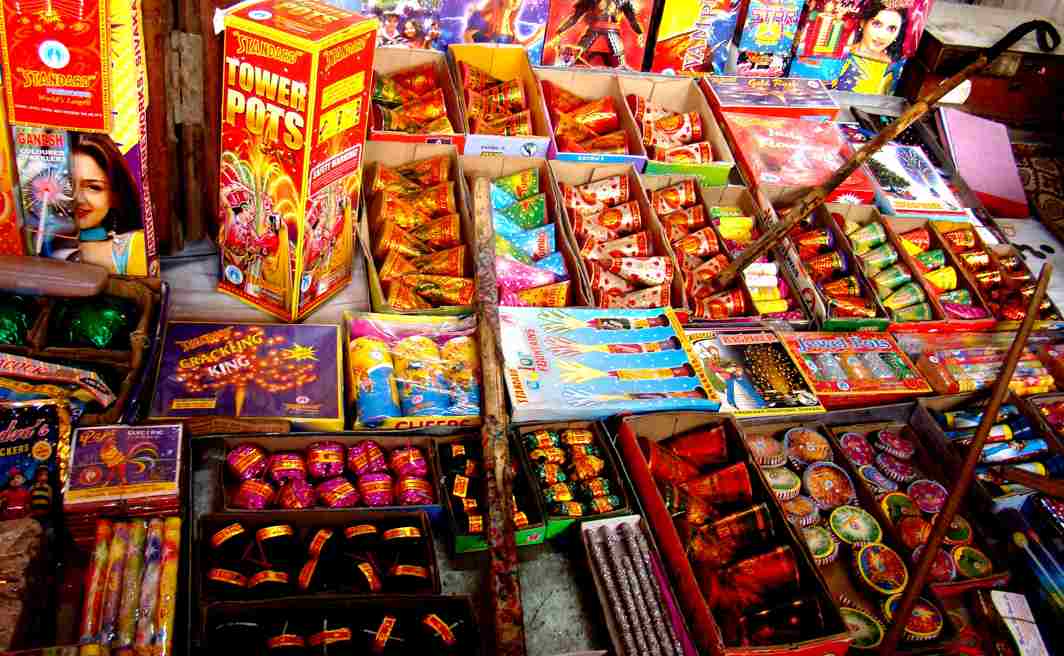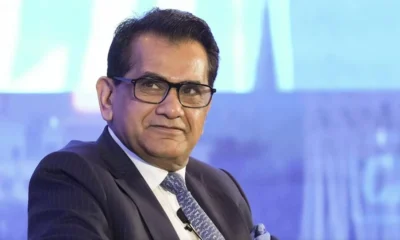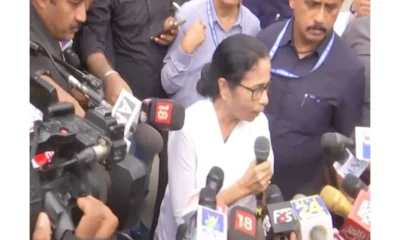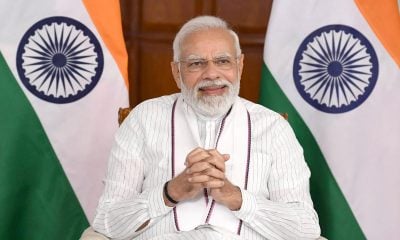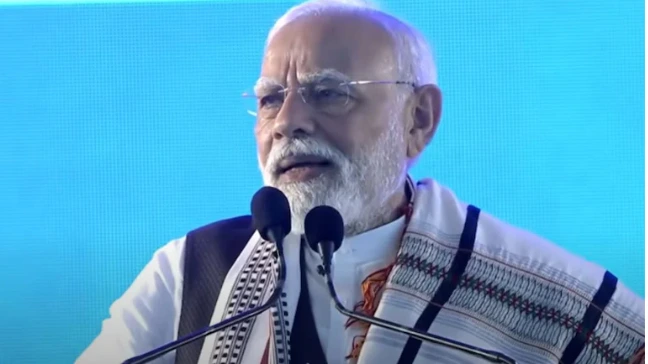The Reserve Bank of India (RBI) on Wednesday, June 6, hiked the key lending or repo rate by 25 basis points to 6.25 per cent – the raise being the first in four years.
RBI governor Urjit Patel was quoted by The Indian Express as saying that said the decision was taken on the back of rising crude oil prices and HRA revision by various states that have pushed headline inflation up.
On Monday, Niti Aayog Vice Chairman Rajiv Kumar had said an “overreaction” by RBI in its monetary policy review would be an area of concern for the government. The visible increase in core inflation could just be a transitory phase and the central bank “shouldn’t panic into believing that this is a sign of inflationary expectations getting entrenched”, Kumar had opined.
The raise came in the announcement of the second bi-monthly monetary policy statement for 2018-19. The last time RBI raised the short-term lending rate (repo) to 8 per cent was in January 2014; since then it has either reduced it or maintained status quo.
The repo (or repurchase) rate is the rate of interest which the RBI charges to lend short-term loans to the commercial banks and is an important tool for RBI to control inflationary trends. The reverse repo rate under which the RBI borrows from banks was adjusted to 6 per cent, reported NDTV.
“The decision of the MPC (Monetary Policy Committee) is consistent with the neutral stance of monetary policy in consonance with the objective of achieving the medium-term target for consumer price index (CPI) inflation of 4 per cent within a band of +/- 2 per cent, while supporting growth,” the RBI said in its policy statement.
All six monetary policy committee (MPC) members voted in favour of the repo rate hike. Dr Chetan Ghate, Dr Pami Dua, Dr Ravindra H. Dholakia, Dr Michael Debabrata Patra, Dr Viral V. Acharya and Dr Urjit R. Patel voted in favour of the decision, the NDTV said.
The RBI, however, maintained a neutral stance in the policy statement and retained the GDP growth for 2018-19 at 7.4 per cent.
The central bank revised the retail inflation range upwards to 4.8-4.9 per cent in the first half of 2018-19, and 4.7 per cent in the second half. Excluding the impact of HRA revisions, CPI-based inflation is projected at 4.6 per cent in first half of 2018-19, and 4.7 per cent in the second half, RBI said.
A higher repo rate will make borrowing expensive for banks, which in turn means that they are likely to charge higher interest rates on loans from customers. Effective from June 1, leading banks, SBI, PNB and ICICI have already hiked their lending rates mostly across all tenures by as much as 10 basis points.
The hike is positive for “savers”, NDTV quoted some experts as saying. “Recent hike in crude prices & better GDP for last quarter of FY 18 suggest inflation trajectory may be on the higher side. Though, this may put some pressure on borrowers, it is positive news for the savers in the economy,” said Anita Gandhi, Whole Time Director at Arihant Capital Markets.
Immediately after the announcement, the S&P BSE Sensex was trading 222.81 points or 0.64 per cent higher at 35,126.02 while the broader Nifty50 of the National Stock Exchange traded at 10,646.05, with a gain of 52.90 points or 0.50 per cent. The banking stocks turned negative as the Nifty Bank index lost 0.14 per cent.


